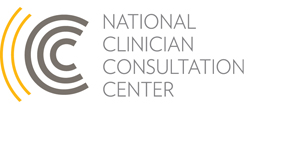Testing’s Role in Preventing HIV Infection
About 1.2 million people in the United States are HIV-positive. One in five of those don’t know they’re infected, a major contributing factor to the 50,000 or so new HIV infections a year. Testing is the first step to engaging HIV-positive patients in care, stopping individual disease progression, and stemming the spread of HIV. In concordance with the CDC’s recommendations, NCCC consultants advise that providers test all patients between 13 and 64 years old, regardless of risk profile, at least once in their lifetime, and preferably on an annual basis as part of routine health screening.
See our PrEP Resources page for information on the use of pre-exposure prophylaxis (PrEP) as a prevention tool.
Testing Implementation
Information and resources to aid in implementing routine testing in your practice.
Linkage to Care
Information on linking your patients to appropriate testing resources and care.
Information and Resources
- AIDS Education and Training National Coordinating Resource Center Resource Library
 Open Link | From the AETC NCRC
Open Link | From the AETC NCRC
- AIDS Education and Training Regional Centers
 Open Link | From the AETC NCRC
Open Link | From the AETC NCRC
- American Academy of HIV Medicine Referral Link
 Open Link | From AAHIVM
Open Link | From AAHIVM
- HIV Medicine Association Provider Directory
 Open Link | From HIVMA
Open Link | From HIVMA
- AIDS.gov HIV/AIDS Services Locator
 Open Link | From AIDS.gov
Open Link | From AIDS.gov
- CDC Find a Testing Site
 Open Link | From CDC.gov
Open Link | From CDC.gov
 University of California, San Francisco |
University of California, San Francisco |
